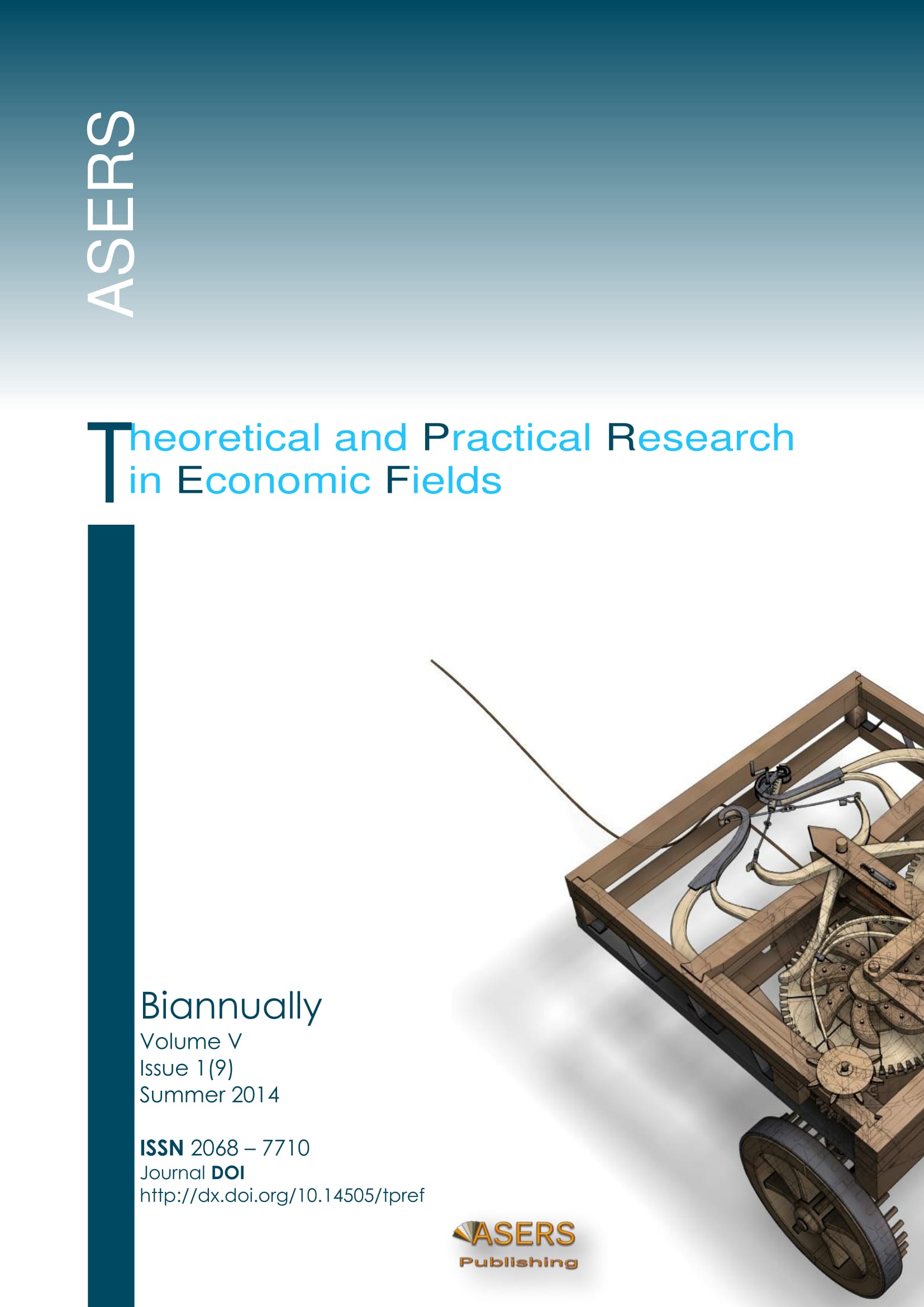SUSTAINABLE HETEROGENEITY IN EXOGENOUS GROWTH
MODELS. THE SOCIALLY OPTIMAL DISTRIBUTION BY
GOVERNMENT’S INTERVENTION
SUSTAINABLE HETEROGENEITY IN EXOGENOUS GROWTH
MODELS. THE SOCIALLY OPTIMAL DISTRIBUTION BY
GOVERNMENT’S INTERVENTION
Author(s): Harashima TaijiSubject(s): Socio-Economic Research
Published by: ASERS Publishing
Keywords: sustainability; heterogeneity; social optimality; social welfare; social welfare function; inequality; evolution.
Summary/Abstract: This paper examines the socially optimal allocation by focusing not on the social welfare function but instead on the utility possibility frontier in exogenous growth models with a heterogeneous population. A uniquebalanced growth path was found on which all of the optimality conditions of all heterogeneous households areequally and indefinitely satisfied (sustainable heterogeneity). With appropriate government interventions, such apath is always achievable and is uniquely socially optimal for almost all generally usable (i.e., preferences arecomplete, transitive, and continuous) social welfare functions. The only exceptions are some variants inNietzsche type social welfare functions, but those types of welfare functions will rarely be adopted in democratic societies. This result indicates that it is no longer necessary to specify the shape of the social welfare function todetermine the socially optimal growth path in a heterogeneous population.
Journal: Theoretical and Practical Research in Economic Fields (TPREF)
- Issue Year: V/2014
- Issue No: 09
- Page Range: 73-100
- Page Count: 17
- Language: English
- Content File-PDF

